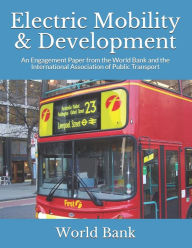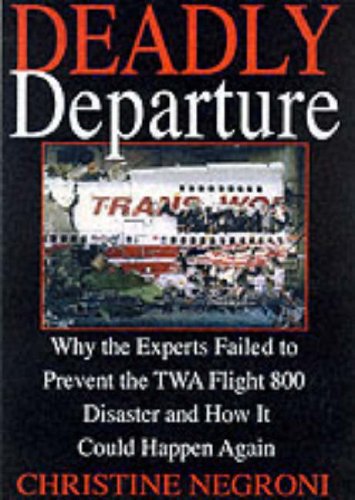Electric Mobility & Development: An Engagement Paper from the World Bank and the International Association of Public Transport
by World Bank
2020-05-28 04:09:43
Electric Mobility & Development: An Engagement Paper from the World Bank and the International Association of Public Transport
by World Bank
2020-05-28 04:09:43
There is potential for governments at all levels of capacity to engage with eMobility.To date, the global market for eMobility has been underpinned by government interventions. Therange of options vary from simply enabling initial uptake through basi...
Read more
There is potential for governments at all levels of capacity to engage with eMobility.To date, the global market for eMobility has been underpinned by government interventions. Therange of options vary from simply enabling initial uptake through basic regulations and customsprocedures, to more advanced measures such as vehicle subsidies, non-price incentives (e.g. parking), support mechanisms for industry, and the development of charging networks. While moreadvanced programs are likely to steepen the uptake curve, the ability of simple government engagements to kick-start the early stages of uptake should not be underestimated. Above all, thereis a need for governments to focus on policy predictability, and where possible, policy stability to support the continued development of eMobility solutions; eMobility can and should be part of an integrated avoid, shift, and improve framework for tackling the challenge of transport sector emissions. Governments looking to engage with eMobility should ensure that it fits within a broader low-emission transport strategy that has public transport at its heart. The capacity and availability of suitable eMobility solutions provides the opportunity for public transport operators, when supported by their authorities, deploy new technologies. The development of business models that involve electric vehicle sharing (e.g. e-scooters), are also providing a complement to public transport that authorities can also seek to integrate within an overall low-emission strategy for transport
Less






























